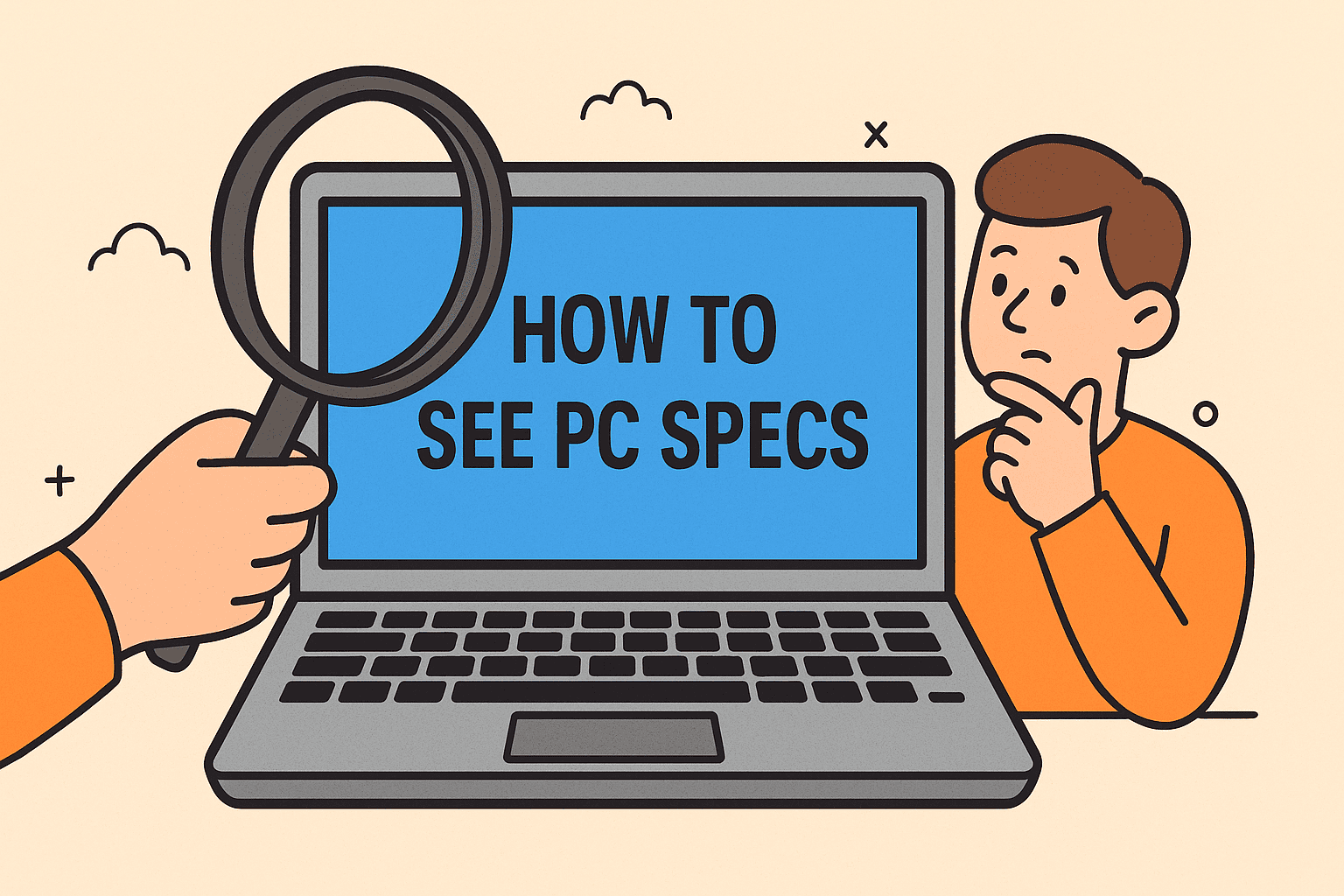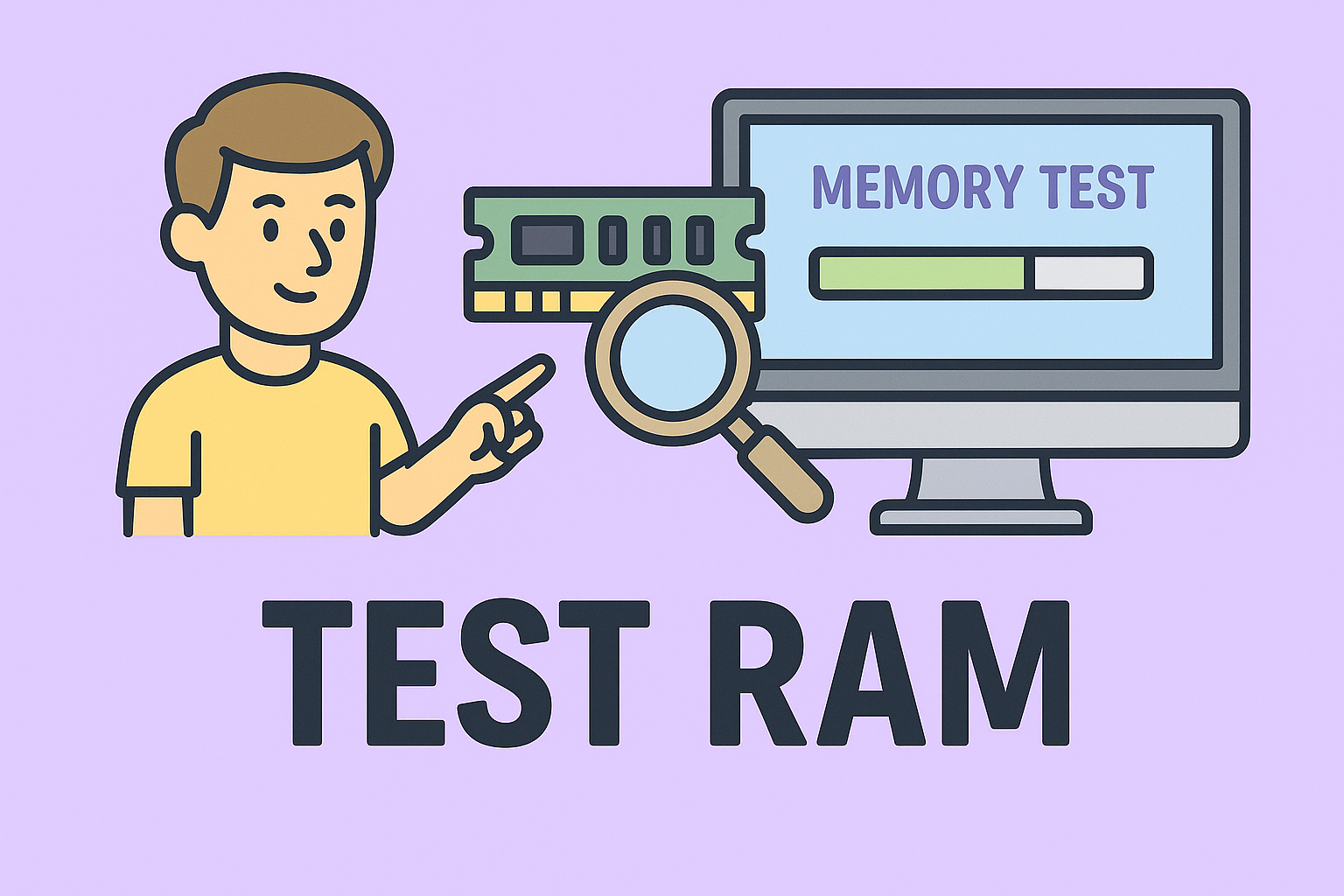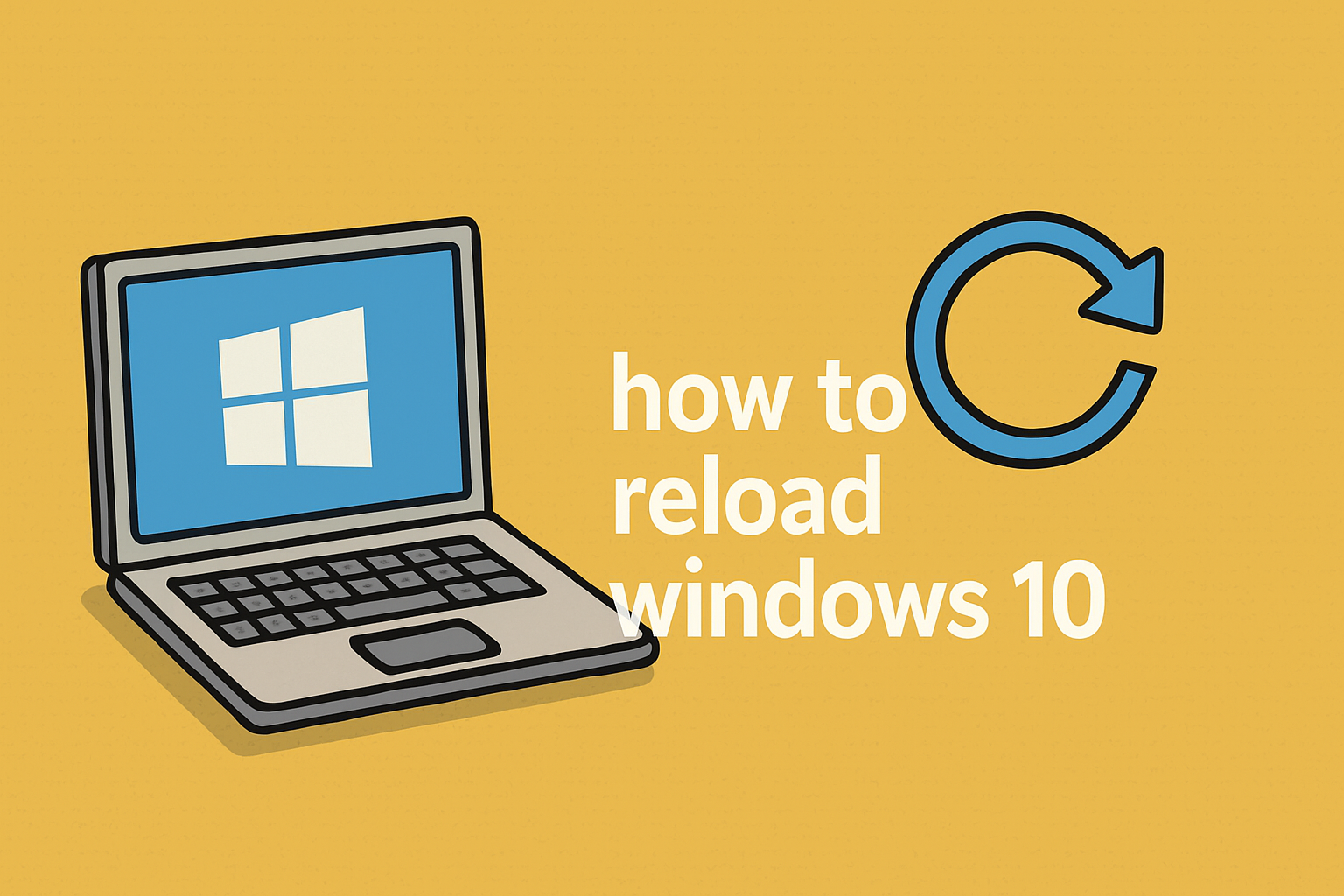How to View PC Specs: Everything You Need to Know
Updated on July 3, 2025, by ITarian

Ever wondered how to see PC specs before installing new software, upgrading components, or just out of curiosity? Whether you’re a cybersecurity expert, IT manager, or business decision-maker, knowing your computer’s specifications is vital. From system performance checks to hardware compatibility assessments, understanding your machine helps you make informed decisions.
This guide offers step-by-step instructions to check computer specifications on Windows PCs, including desktops and laptops. You’ll also learn how to view PC hardware details, access System Information in Windows, and use both built-in and third-party tools.
Why It’s Important to Check PC Specifications
Before we dive into the “how,” let’s explore the “why.” Understanding your computer specs is essential when:
- Installing heavy software like design suites or virtualization tools
- Upgrading hardware (RAM, GPU, SSD)
- Ensuring cybersecurity tools meet system requirements
- Troubleshooting performance issues
- Preparing systems for audits or compliance
For professionals in IT or cybersecurity, this is routine. For business leaders, it can impact operational efficiency and IT strategy.
How to See PC Specs in Windows
There are several ways to check computer specifications in Windows. We’ll break down the easiest and most reliable methods.
Method 1: Use System Information (Built-in Tool)
System Information in Windows provides a comprehensive overview of your hardware and software environment.
Steps:
- Press Windows Key + R to open the Run dialog
- Type msinfo32 and hit Enter
- The System Information window will appear
- Navigate through the left pane to view:
- Processor (CPU)
- Installed RAM
- System type (x64 or x86)
- BIOS version
- Motherboard and more
Pros:
- Extremely detailed
- No third-party software required
Cons:
- Interface can be overwhelming for beginners
Method 2: Check PC Specs via Settings
This is perfect for a quick overview of laptop or desktop specifications.
Steps:
- Go to Start > Settings > System > About
- Under Device Specifications, you’ll see:
- Device name
- Processor
- Installed RAM
- System type
- Scroll down to Windows Specifications for OS details
Ideal for: Beginners or those wanting just basic specs.
Method 3: Use Command Prompt or PowerShell
For IT admins and tech-savvy users, using the terminal is efficient.
Command Prompt:
- Open Command Prompt (cmd)
- Type: systeminfo
- Press Enter
PowerShell:
- Open PowerShell
- Type: Get-ComputerInfo
- Press Enter
This provides a detailed list of hardware and OS information.
Method 4: Task Manager for Quick CPU/RAM/GPU View
If you just want to view PC hardware details like memory or processor load:
- Right-click taskbar > Task Manager
- Go to the Performance tab
- Check your CPU, RAM, disk, and GPU usage in real time
- Click each component to view more technical details
This is useful for monitoring performance during high-usage tasks.
Method 5: Use Third-Party Tools (Optional)
If you need advanced reports or visuals, use tools like:
- CPU-Z – For detailed CPU, motherboard, and memory info
- Speccy – Clean interface showing complete system specs
- HWMonitor – Real-time temp and hardware monitoring
Note: These tools are safe, but always download from official sources.
How to Check Laptop Specs vs Desktop
While the tools above work for both, here’s a quick comparison:
| Feature | Laptop | Desktop |
| CPU/RAM Access | Limited (often soldered) | Easily upgradeable |
| GPU | Integrated or mobile GPUs | Discrete, powerful options |
| Battery/Power Specs | Available in system info or via BIOS | Not applicable |
| Manufacturer Tools | Often have pre-installed spec apps | May not have brand-specific tools |
If you’re asking how to check laptop specs, the same Windows methods apply. However, also look for manufacturer apps like Dell SupportAssist or Lenovo Vantage for detailed info.
What to Look for in PC Specifications
When checking specs, here’s what matters most:
- Processor (CPU): Speed, cores, threads (e.g., Intel i7-12700K)
- Memory (RAM): Total GB and speed (DDR4/DDR5)
- Storage: Type (HDD/SSD/NVMe), capacity
- GPU: Integrated or dedicated, brand/model
- Operating System: Version, build, architecture
- Motherboard/Chipset: Important for expansion and compatibility
These details impact software compatibility, performance, and future upgrades.
Use Cases for Viewing PC Hardware Details
For IT Managers
- Validate system specs before remote deployment
- Ensure compliance with company software standards
For Cybersecurity Experts
- Check hardware compatibility for endpoint protection agents
- Analyze systems before penetration testing or forensic scans
For CEOs and Executives
- Audit assets for budgeting and tech lifecycle planning
- Determine if machines support virtualization or remote access
Pro Tips to Save Time
- Use msinfo32 to export specs into a report
- Save outputs from systeminfo in PowerShell to CSV
- Automate checks with scripts for large-scale device auditing
FAQ: How to See PC Specs
How do I find full specs of my PC?
Use the System Information tool (msinfo32) in Windows or third-party apps like Speccy to view full specifications.
Is there a shortcut to check specs quickly?
Yes. Press Windows + Pause/Break to open basic system info instantly.
What’s the best way to check specs for gaming?
Use Task Manager or tools like CPU-Z and GPU-Z to verify CPU, GPU, and RAM performance.
Can I check laptop specs without logging in?
Yes, some BIOS or UEFI screens show basic specs. Press F2, F10, or Del during startup.
How to check what graphics card I have?
Go to Device Manager > Display adapters or use dxdiag (type in Run dialog) to check GPU.
Final Thoughts
Knowing how to see PC specs is a simple yet essential skill for anyone using technology in a professional environment. Whether you’re securing networks, managing IT assets, or evaluating hardware performance, checking system specs ensures you’re working efficiently and securely.
Ready to strengthen your IT infrastructure with advanced visibility and protection?
Get started with Itarian today and manage your systems like a pro.













